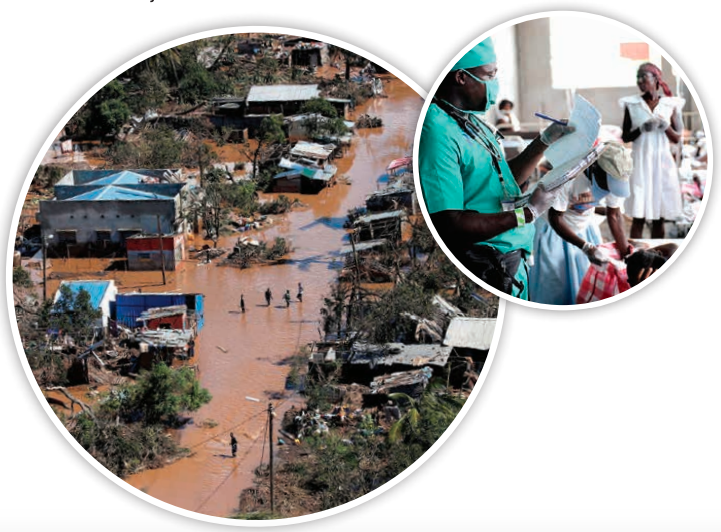Climate change will affect South Africans in five sectors: health, bio-diversity, agriculture, water and cities. Though the spread of malaria isn’t expected to increase, cholera outbreaks will. As temperatures rise, farmers will need extra irrigation and maize, wheat and grape production particularly will be impacted. It is uncertain what the outcome of precipitation will be, but the east coast and central interior are likely to get more water, while the Northern and Western Cape are likely to get less. Coastal cities may be threatened by higher sea levels. For example, Durban’s sea-level could rise by 2.7 mm every year, making storm surges and coastal erosion worse. In general, as weather patterns become more extreme, fires, storms, flooding, and droughts are expected.
- Many South Africans are living in poverty, have a high disease burden and inadequate housing. This means that they are not able to deal well with extra pressures like extreme climate events since they are already in a vulnerable state.
- In some places, South Africa already has low and variable rainfall.
- Most of South Africa’s surface water is already appointed to be used somewhere, so there isn’t much extra.
- Agriculture and fisheries, which will be impacted, are important for food security and local livelihoods.
This article was published in collaboration with the Department of Environmental Affairs


